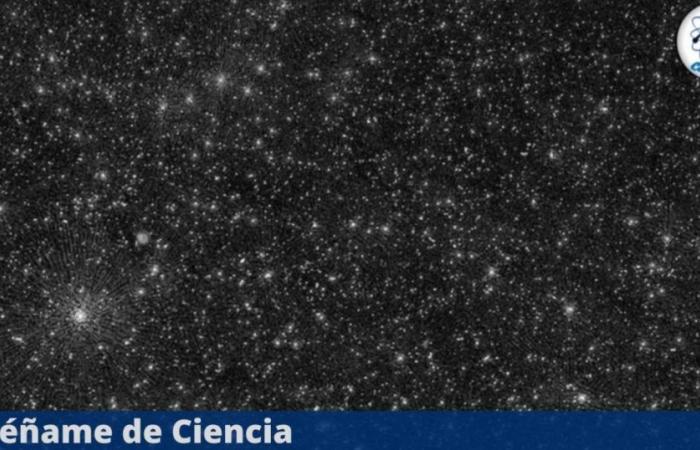
When you look at night skyyou may have been told that those little sparkles you see could be stars or even galaxies whose light It has barely reached us. However, a photograph was recently released that does not show even starsneither galaxiesneither supernovas. What can it be then?
An international team of scientists has revealed a sky map which features more than 25,000 supermassive black holes. Published in the magazine Astronomy & Astrophysics At the beginning of 2021, this map stands out as the most detailed in the field of calls low radio frequencies. The image, seemingly studded with stars, is actually a graphic representation of the location of these cosmic phenomena, each located in a distant galaxy.
What does the study mean?
This achievement is the result of extensive work that involved 256 hours of observations of the northern sky using the LOw Frequency ARray (LOFAR) in Europe. LOFAR it’s a unique radio telescope which has around 20,000 radio antennas distributed in 52 stations in nine European countries. Unlike the single dish telescopes, LOFAR is a multipurpose sensor network with a innovative IT infrastructure that can handle large volumes of data.
Despite the challenges inherent in observations from the Earth’s surface, instead of a space telescope, LOFAR has overcome significant obstacles. The ionosphere surrounding the Earth, a shell of free electrons that clouds telescopes, has been particularly challenging. To counteract this phenomenon, the team used supercomputers that ran algorithms to correct ionospheric interference every four seconds during the 256 hours of observation.
Comparing the situation to trying to see the world from the bottom of a swimming pool, the astronomers They explain how water waves distort vision, as well as ionosphere makes it difficult to track black holes. This achievement not only provides a detailed map of these phenomena, but also sheds light on the large scale structure of the universe, among other fascinating aspects.
Lots of room for lots of supermassive black holes!
Not so much, it is essential to highlight that, although the figure of 25,000 supermassive black holes may seem overwhelming, map It currently only covers 4% of the northern half of the sky. The astronomers They plan to continue mapping until they cover the entire northern sky. In addition to its impact on the understanding of black holesthis map promises to provide valuable information on the structure of the universe in general.
This achievement not only marks a milestone in astronomical research, but also paves the way for future discoveries. An even more detailed investigation aims to lead to the study of more than 1 million radio spectrums low frequency, providing unique insights into physical models related with galaxies, active nuclei, galaxy clusters and other fields of study. The authors of the article highlight that this experiment represents a unique attempt to explore the ultra-low frequency sky with high angular resolution and depth.
This detailed map of supermassive black holes is a amazing feat in the exploration of the cosmos. Not only does it offer us a shocking vision of the distribution of these phenomena in the sky, but also opens new doors to understand the vastness and complexity of the universe we inhabit. As the astronomers As they continue their search, we can anticipate even more exciting discoveries that will expand our understanding of space and its mysteries.
Share science, share knowledge.

